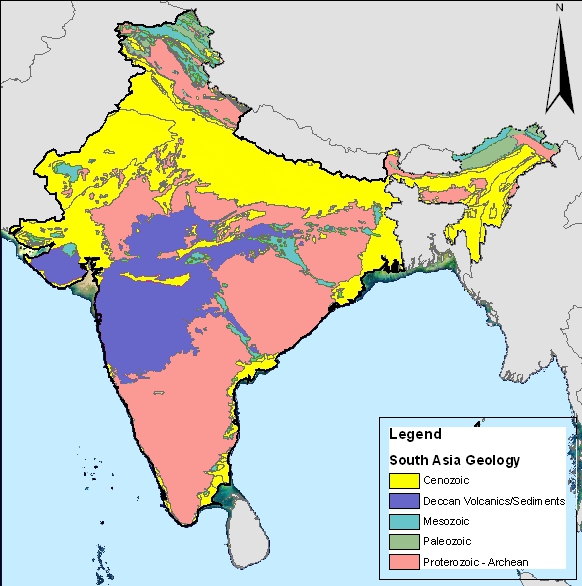Reminds me of common AMT argument I hear - people move from less fertile land to more fertile one (into India) rather than the other way round. But they overlook many things:shiv wrote:Rajesh India was and is a fertile land. Those who migrated to Central Asia went to a less bountiful land and had to depend on horse meat because they would not get two crops a year like India.
a) In the vast timeline lying in front, at what time do we place this inward migration and where is the archeologival and genetic evidence to support that session of migration.
b) We use 'fertile land' as if throughout his entire history, man has been an agriculture intensive specie and was specificially looking for fertile land. Thousands of years back what a migrating lot's parameters were to choose a land and which land was how fertile or barren - we don't know.
c) We forget that migrations aren't always like some carefully planned, voluntary and happy procession. They are done out of necessity/compulsion, some times being forced by others.
ravi_g wrote:Plates have moved in ways that the whole of the Island of Dwarka is under the sea now. So this possiblity over exactly the same time period cannot be discounted at all.
I assume that with the retreat of last Ice Age, many coastal areas were reclaimed by the rising Sea and that includes Manu's Dravida?Murugan wrote:It is mentioned in puran that Suvarna Dwarika submerged in great flood/tsunami. What is found submerged near Bet Dwarika corroborates this. But, Mul Dwarka is also ancient place.
http://4.bp.blogspot.com/-9RGVxTgQPl4/T ... vida+H.png
How does it relate to submerged Dwarikas (and supposedly many of them) ?
2. K Elst wrote/quoted somewhere that the coastal Sind, Gujarat and Maharashtra have clear Dravidian substratum such as village names ending with 'Valli', 'Palli' etc. Also early Jain texts in Gujarat mention cousin marriages, that we know are prevalant in south India.
3. It is not hard to see that India and Middle-East was a warm retreat for life to survive during Ice Age asentire north was trapped.
When the Ice Age ends, the population would jump to freshly inhabitable areas up north released by the departing Ice Age.
So which migration makes sense after Ice Age - into India or out of India?
4. Are the no. of horse remains/bones found in BMAC comparable to the number found in IVC/SSC? I haven't heard of anyone saying yes to that.
It is vital because BMAC would be the staging area for any central asian nomads moving in towards India. You don't just catch a direct Kingfisher flight to Mohenjodaro thousand of miles away. You would move in stages and definitely leave your marks in staging areas.
For a change, how about we hear an AMT story :
A group of nomads got on their horses from their central asian base;
traveled thousands of miles almost non-stop so there aren't much (horse) remains;
developed astronomic knowledge despite of being on the move;
found the exact gap in Hindukush to pass over in north west India;
settled down in an already existing advanced civilization;
invented sanskrit script and started writing the famous vedas;
yet in all those vedas they never ever mentioned even a wee bit about their central asian lebensraum;
yet they never ever told their brothers in central asia/europe of the land they found or the language and vedas they created?
------------------------------------------------
Humphh .. I'm out of breath ..
Regards,
Virendra


